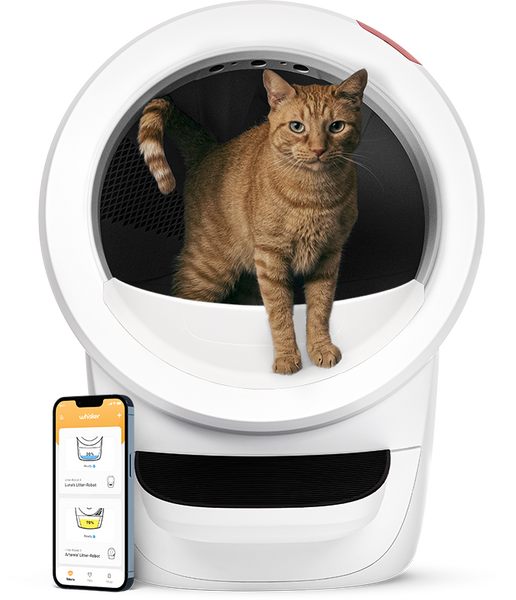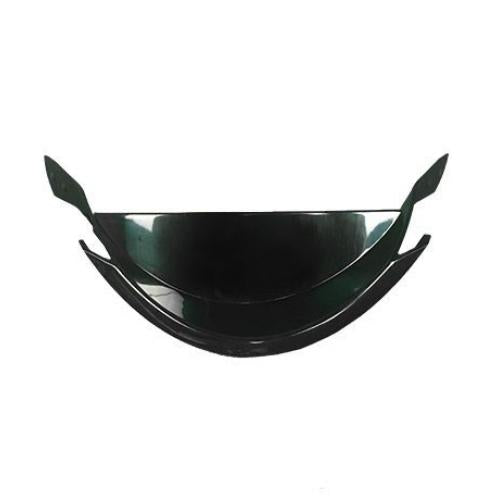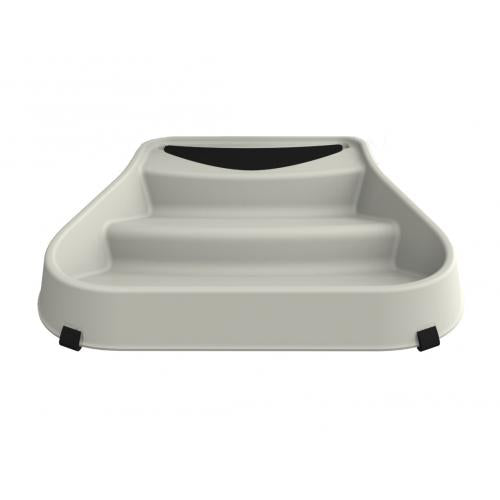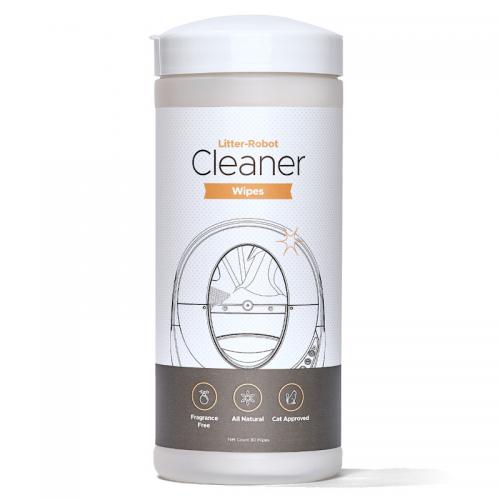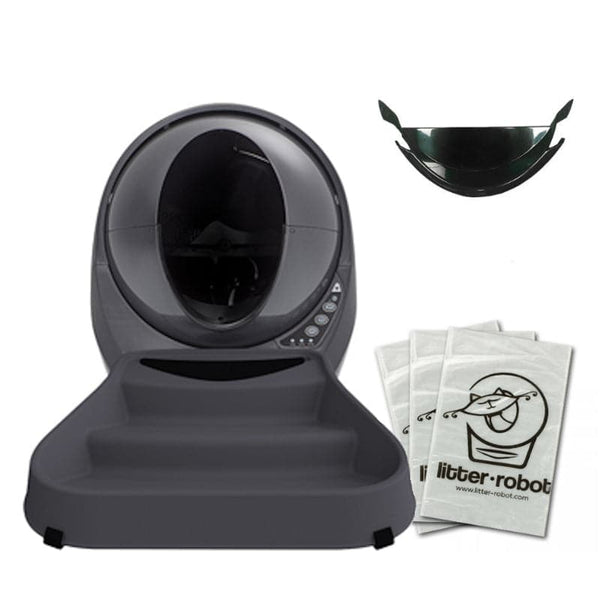The aroma of freshly brewed coffee and the soothing purrs of my little bundle of fur – Whiskers- give a heavenly start to my day. He sneaks into my room even before the alarm clock chimes. But today he is not around. I am upset to discover he has come down with Cat Flu- an illness similar to human flu bearing the same symptoms such as sneezing, runny nose, watery eyes, breathing difficulties etc. Cats are experts at hiding illness. Their instinctive nature to self-protect let them hide their sickness until they are extremely ill. Therefore, being a feline parent, it is advisable to never overlook subtle changes in behaviour, demeanour and body language. It is very important for you to take care of your pet's health and wellbeing. Just like many pets, cats can catch some common diseases too. One of these diseases is cat flu. What helped my cat was the earlier diagnosis of the symptoms and adequately treating them. All cats are not the same and will not necessarily have all these symptoms. Since cats are great explorers and love to play, the first apparent symptoms will usually be laziness and perhaps a loss of appetite. It is vital to know that the feline respiratory disease, commonly known as cat flu, is caused by either the feline herpesvirus (FHV) or feline calicivirus (FCV). It is prevalent in cats and kittens and is pretty contagious. It usually lasts for 7 to 10 days, depending on the response of the immune system of your cat. "Age" is one of the key factors that decide how fast your cat can recover from cat flu. A kitten's immune system is weak, and therefore, it requires critical care and should be kept in observation. Sometimes other bacterial infections let the flu linger for a few more days. The virus can be spread as easily as contact between cats. The first disease symptoms usually appear 2-6 days after infection.
SYMPTOMS TO LOOK FOR
Cat flu is like a human cold when it comes to symptoms. If your cat is sneezing with a runny nose and sore eyes, it most likely has the flu. Other symptoms include dribbling, subdued behaviour and a loss of appetite. Care has to be taken, particularly with kittens as they are the ones who are most affected by the flu and may take more time to get well. Since symptoms can vary between different cats, as soon as you see your cat or kitten showing any signs of cat flu, take it to the vet. Some of the primary symptoms are:
- Fever
- Sneezing and Coughing
- Sore Eyes
- Runny Nose
- Loss of Appetite
- Lethargic behaviour
- Mouth Ulcers and Gum Inflammation (with FCV)
With the secondary bacterial infection, there can be ocular discharge or water dripping from eyes, which prevents the eyes from opening.
TREATMENT
If the condition becomes critical and is not treated, it can cause lasting eye damage, pneumonia or even death. Kittens and older cats are the worst affected due to weaker immunity.
WHAT CAN YOU DO?
There is no particular treatment of cat flu as there are no effective antiviral drugs in common use. Antibiotics can be helpful to prevent further diseases or complications. In order to decrease the discomfort, the vet can prescribe some medications to ease the symptoms. These medicines may include antihistamines, nose drops, eye ointments, etc. Therefore you should take your kitten to the vet as early as Cat Flu symptoms appear. One of the most important parts of taking care of your sick cat is nursing care at home. Due to the discomfort caused by the flu, your cat may stop eating and drinking. This can sometimes lead to dehydration which can be quite dangerous to kittens. Since cat flu can lead to the loss of sense of smell with a sore throat, choose some wet and strong-smelling foods for your cat. Some examples of the food you can give include pilchards, sardines, etc. Make sure you don't overdo food, especially the kind of food which the cat isn't accustomed to. If your cat cannot eat, it may need to be hospitalized for treatment. You also have to make sure your cat is having plenty of fluids as drinking will help loosen thick catarrhal secretions. Other than that, don't forget to wipe away the discharges from the nose and eyes. It's recommended using a mild solution of saltwater. You can make saltwater by mixing a teaspoon of salt to a pint of water. Make sure you are giving your kitten filtered water to drink. Steam inhalations may also help your cat to breathe more easily.
PREVENTIVE MEASURES TO TAKE
Prevention is better than a cure! Annual veterinary visits are essential for cats. Senior cats can benefit from half-yearly check-ups. These appointments allow the vet to examine your cat when he appears in good health. The vet may find minor anomalies on the tests that indicate a minor problem before your cat gets really sick. Keep your cat vaccinated. It will keep your cat safe from common kind of bacteria and viruses. At least two doses of vaccination are recommended when your cat is young. Use disinfectants to clean around your house. They can help wipe away bacteria and viruses that could develop and spread. Make it a habit to wash your cat's bed, bowls and its favourite toys regularly. Vacuum your cat's hiding spot too. A healthy diet and lifestyle can make your cat's immune system stronger to prevent such illnesses.
CAT FLU IS HIGHLY CONTAGIOUS!
Cat flu is contagious, and it is normally spread through the contact between the cats. After the infection, some cats are left as carriers. If you are a parent to more than one cat, you should take extra care keeping your other cats separate from the infected one. Even when they appear healthy and happy, some cats carry the virus of cat flu. For this reason, it is advised to get your kittens vaccinated, or they can catch cat flu when they come in contact with seemingly healthy cats. Knowing the causes, symptoms, and the right treatment for the cat flu can help you take care of your fluffy pets easily. Just keep an eye on those little blankets of fur and contact the vet in case of any symptoms.





